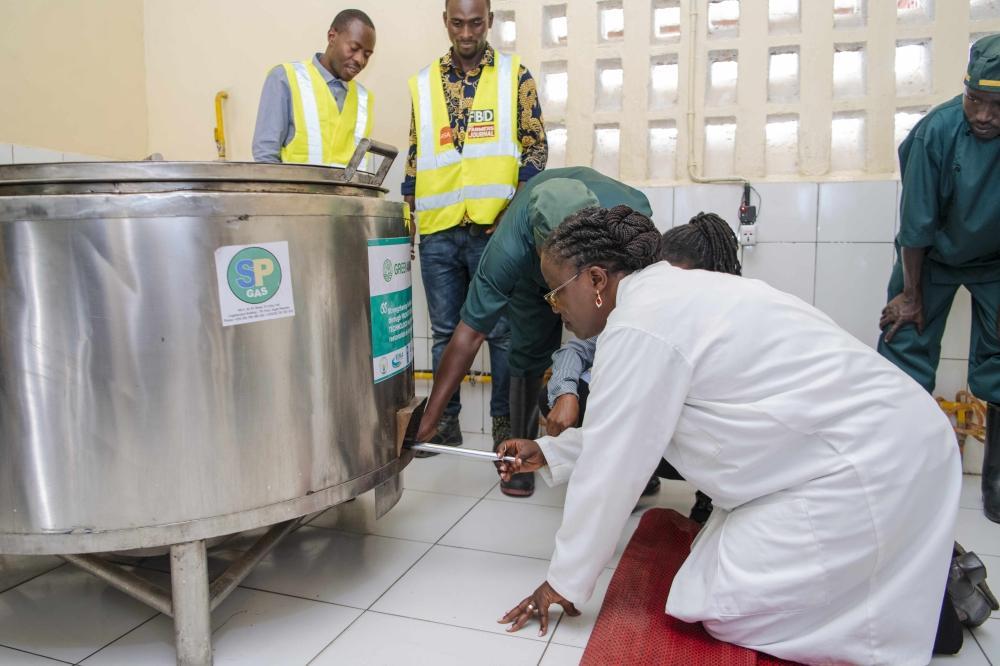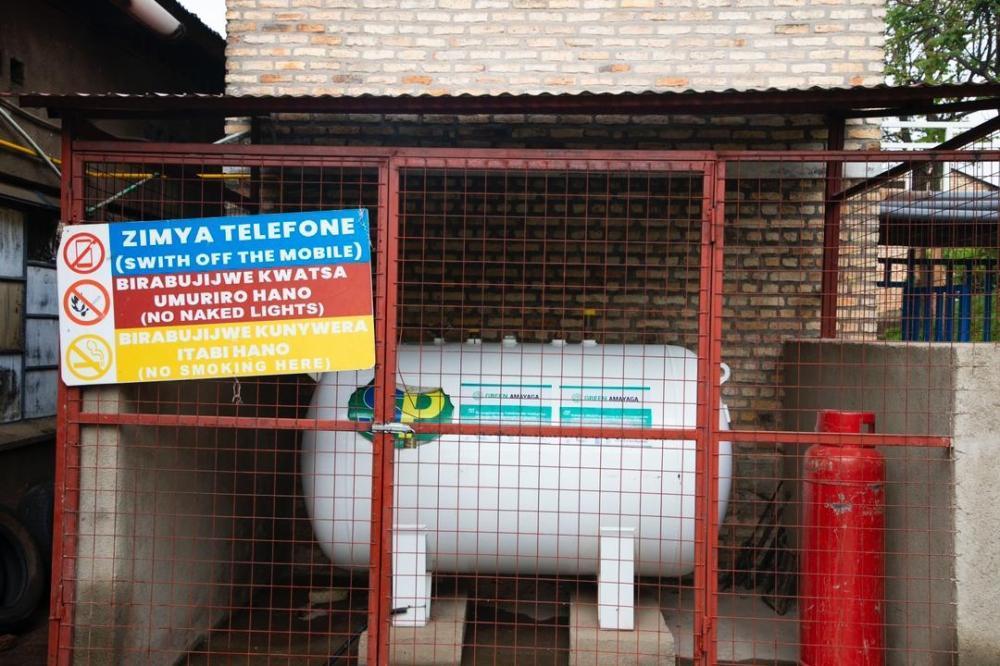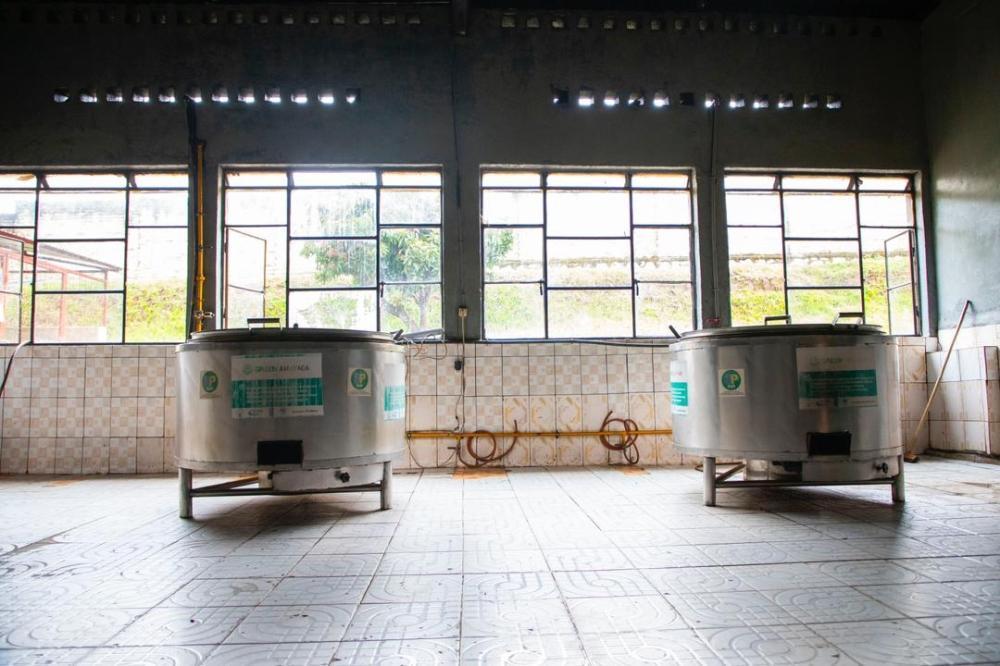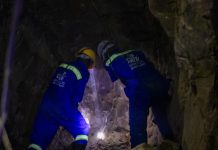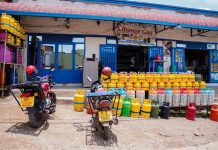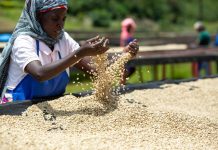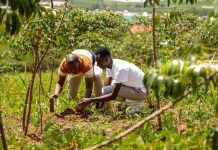Joan Mbabazi
Africa-Press – Rwanda. The utilisation of firewood for cooking contributes to deforestation, which in turn leads to various environmental and societal risks such as climate change, desertification, soil erosion, flooding, and elevated greenhouse gas levels in the atmosphere.
In order to curb deforestation, UNDP Rwanda provided 10 green cooking stoves to five schools across Nyanza District including Collège Christ-Roi de Nyanza through the Green Amayaga Project.
“These stoves are not only safe, and fast, but also assist to protect the environment as there is less indoor air pollution and smoke, lowering the impacts on climate change, and preventing serious health complications and premature deaths”, said Amiable Nsengimana, the district’s forestry and natural resources officer.
The Green Amayaga Project is aimed to promote biodiversity, foster ecosystem services and upsurge agricultural productivity
Globally, exposure to smoke from cooking fires causes an estimated 3.2 million premature deaths each year, and remains one of the predominant causes of pollution-related disease and death in Africa.
Nsengimana further noted that in many remote and low-income communities around the world, families depend on the collection of firewood from nearby forests for cooking. By using these unclean sources, many families, schools, and institutions have kitchens inside with minimal ventilation. The result is an inefficient, unhealthy, and dangerous cooking environment.
“Reducing forest extraction can engender passive regeneration of forest ecosystems at lower cost-benefit ratios and less trouble to current ecosystems. Active refurbishment can enable the restoration of agroforestry and forest systems at a larger scale. Reduction of forest abstraction and reduced pressure have been confirmed to lead to both a rise in forest biomass and higher levels of diversity and plenty of seedlings of indigenous tree species.”
The Green Amayaga Project is a six-year initiative that is expected to promote biodiversity, foster ecosystem services, upsurge agricultural productivity, and lessen the vulnerability of people and ecosystems to the adverse effects of climate change.
The $32.7m (approx. Rwf 31.9b) project was designed by the United Nations Development Programme (UNDP) in partnership with Rwanda Environment Management Authority (REMA) with financial support from the Global Environmental Facility (GEF) to contribute to the implementation of the National Strategy for Transformation (NST-1) and the Nationally Determined Contributions (NDC) to the Paris Agreement.
The green cooking stoves given to Collège Christ-Roi de Nyanza by UNDP Rwanda.
So far, it is being implemented in four districts such as Kamonyi, Ruhango, Nyanza, and Gisagara by REMA in partnership with the Rwanda Forestry Authority (RFA).
Eight million trees will be planted to restore degraded forests. Fruit trees will be planted on 25,000ha to increase agro-forestation, and improve productivity and well-being of inhabitants of the four districts. The project will promote the government’s plan to maintain forest cover to 30.4 per cent of the country’s total land area.
For More News And Analysis About Rwanda Follow Africa-Press

